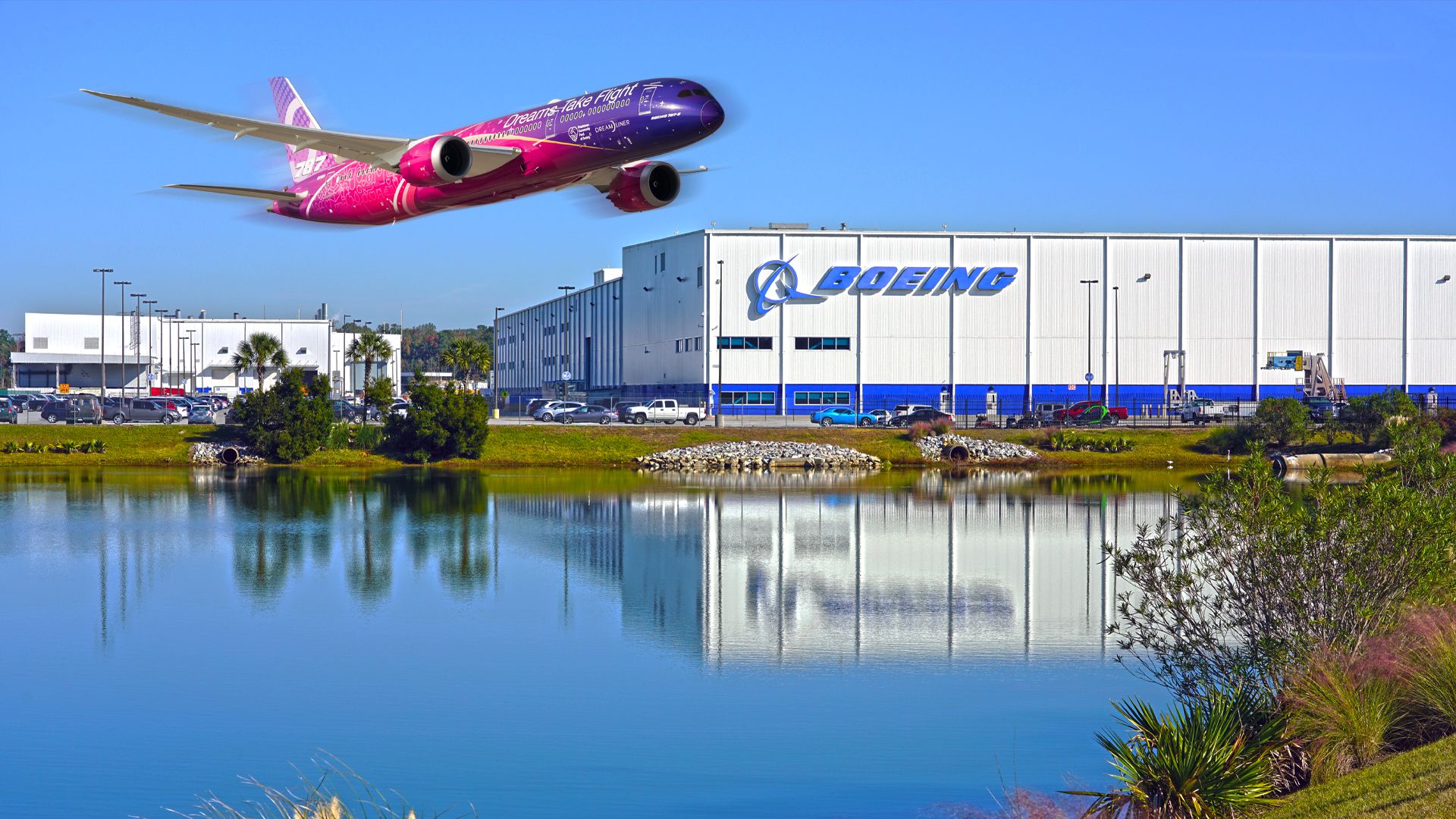The aerospace industry is witnessing a significant rebound as Boeing ramps up production to meet surging demand for air travel. Following the disruptions caused by the COVID-19 pandemic and U.S. tariffs, the company is enhancing its operations by integrating manufacturing across various global locations. The rise in air travel has revitalized Boeing’s supply chain, which now includes over 5,000 suppliers from more than 150 countries.
As part of its strategic response, Boeing is relocating some operations back to the United States while also merging with key suppliers like Spirit AeroSystems. This move aims to address ongoing quality concerns surrounding the 737 MAX and improve overall production efficiency.
Boeing’s Key Manufacturing Sites in the U.S.
Boeing’s facilities in the United States play a crucial role in its aircraft production. The Renton Factory in Washington is celebrated as the most efficient aircraft assembly plant globally. This facility has produced over 14,000 jets, accounting for 30% of the world’s airliner fleet. Currently, it houses assembly lines for the 737 MAX and the military P-8 Poseidon. Despite past setbacks, the 737 MAX has achieved record sales, while improvements in quality assurance are expected to further enhance output.
In nearby Everett, Boeing operates the largest manufacturing structure in the world by volume, where it builds the 747, 767, 777, and 787 jetliners. The facility recently transitioned from producing the storied 747 to focusing on the next-generation 777X. This aircraft is anticipated to set new standards in performance, featuring the largest and most powerful engines available.
International Operations and Collaborations
Boeing’s global footprint extends to its factory in Charleston, South Carolina, which specializes in the final assembly of the 787 Dreamliner. This aircraft has garnered positive reviews for its efficiency and modern design, contributing significantly to Boeing’s revenue amid challenges with other models.
In Zhoushan, China, a joint venture with the Commercial Aircraft Corporation of China (COMAC) serves as a completion center for the 737 MAX. This facility finalizes assembly and outfitting for aircraft destined for Chinese customers. Since its establishment in 2015, it has become a critical part of Boeing’s global strategy, aiming to produce around 100 aircraft annually.
Despite facing challenges from U.S. tariffs, which have occasionally interrupted deliveries, Boeing’s partnership with COMAC reflects the growing importance of the Chinese market, which currently accounts for one-third of global 737 deliveries.
The ongoing quality control issues surrounding the 737 MAX have prompted Boeing to implement rigorous measures to restore confidence in its aircraft. Following an incident in early 2024 involving an Alaska Airlines aircraft, the company has reinforced its safety culture and quality assurance protocols, which are overseen by the Federal Aviation Administration (FAA).
Boeing’s efforts to merge with Spirit AeroSystems, which produces over 70% of the components for the 737 MAX, reflects a commitment to enhancing production quality. The FAA has capped production at 38 planes per month for the 737 MAX, but recent inspections have allowed for an increase to 42 units, signaling a potential recovery in output.
As demand for air travel continues to rise, Boeing is poised to ramp up production of the 737 MAX, which has the largest backlog in the company’s history. While Airbus recently surpassed Boeing in overall airliner sales, Boeing’s focus on securing certifications for the MAX 7 and MAX 10 models is expected to bolster its competitive position.
The evolution of Boeing’s production strategy illustrates the complexities of modern aerospace manufacturing and highlights the company’s ongoing efforts to adapt to a changing global landscape. With strong demand and strategic partnerships, Boeing is working to reclaim its status as a leader in the aviation industry.





































































